Sageset 981342-Sageset disk cleanup
Cleanmgrexe and removing a previous sageset orsakas vanligtvis av felaktigt konfigurerade systeminställningar eller oregelbundna poster i Windowsregistret Detta fel kan lösas med speciell programvara som reparerar registret och ställer in systeminställningarna för att Hi Brink, I ran Disk cleanup, it found about 3 GB of Windows updates backup files I checked the option to delete those files After about 15About Press Copyright Contact us Creators Advertise Developers Terms Privacy Policy & Safety How works Test new features Press Copyright Contact us Creators

Wooden Flowers Summer Sage Set Wedding Gift Anniversary Etsy
Sageset disk cleanup
Sageset disk cleanup- Hi, Thank you for you capture, it is very clear to understand symptom you experience However I'm not sure whether it is not show the real capacity out, or no file there such as Downloaded Program Files, Recycle Bin and other folders Run the Cleanmgr command In the Command Prompt window, type the following and press "Enter" cmdexe /c Cleanmgr /sageset & Cleanmgr /sagerun




Press Loft Image Of Recycled Glass Beads Sage Set Of Three For Press Pr
Cleanmgr /sagesetnumeric_id Example cleanmgr /sageset1 This will launch disk cleanup tool Now you need to select the categories of files you want to delete Click on 'OK' button after selecting the items 2 Now whenever you want automated disk cleanup, you just need to run the below command cleanmgr /sagerunid En klassiker är att köra verktyget diskrensning för att ta bort onödiga filer som finns på datorn Genom att starta det med växlarna "sageset" och "sagerun" kan du ta bort ytterligare onödiga filer som Diskrensning som standard inte tar bort Set the registry keys for all options for Disk Cleanup (cleanmgrexe) Running cleanmgrexe /SageSet1 presents more options than running the Disk Cleanup Windows app This script retrieves all registry keys in HKLM\SOFTWARE\Microsoft\Windows\CurrentVersion\Explorer\VolumeCaches and sets the
If you want to run Disk Cleanup this way regularly, you can also create a shortcut To do this, you'll first need to run the command using the Command Prompt as we just discussed This creates a configuration entry in the Registry using the sageset number you chose (we're still using ) Then, you'll need to create the new shortcutIn the StateFlagsNNNN key the 4 digits are the settings group number, as specified with /SAGESETn padded to 4 digits In this example we have used 64 The Group No n can be any integer from 0 to 9999 @Echo Off Set all the CLEANMGR registry entries for Group #64 SET _Group_No=StateFlags0064 The parameter sageset instructs the cleanup wizard to save the selected options to the registry The following number after the parameter sets the profile ID, or number, with which the settings are stored The Number can be from 0 to , so
The Registry keys go in so effectively taking care of /SageSet100 and if I run the command locally it works fine I have ensured that I am putting the registry keys into the 64 Bit hive but when it runs I see that Disk Cleanup has started as a background task but it seems like its just sitting there waiting for input like to be told what to run Using the /sagesetxx and /sagerunxx options, you can create and run a customized set of cleanup options For example, run the command cleanmgr /sageset 11 In the window that opens, select the components and files that you want to cleanmgr /sageset1 To run Disk Cleanup and include the options that you specified with the cleanmgr /sageset1 command, type cleanmgr /sagerun1 To run cleanmgr /sageset1 and cleanmgr /sagerun1 together, type cleanmgr /tuneup1 Additional References Free up drive space in Windows 10 CommandLine Syntax Key
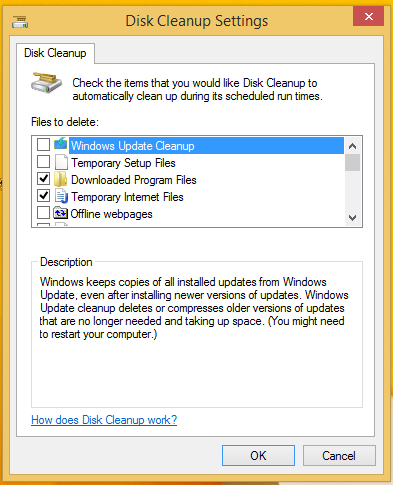



How To Run Disk Cleanup Directly In The System Files Mode And Speed It Up




Wooden Flowers Summer Sage Set Wedding Gift Anniversary Etsy
/SAGESET124 would create registry values titled StateFlags0124 OK, so what you can do to automate everything is run the cleanmgr tool with / SAGESET on a single computer Then evaluate which registry values it created, and then write a script that will create the same registry values cleanmgr /SAGESETn /SAGERUNn TUNEUPn /LOWDISK /VERYLOWDISK /SETUP /AUTOCLEAN But that's the maximum information it provides you Microsoft has a Knowledgebase article that explains the two Cleanmgrexe switches /sageset and /sagerun Also, see article Automatically Clear Temp Files at Every Login Using Disk Cleanup Cleanmgr is a new software program for Windows by the maker of CloneApp and CloneApp UAMicrosoft revealed during the release of Windows 10 version 1809, the October 18 Update, that it deprecated the Windows' Disk Cleanup program The company started to move functionality from the Win32 program Disk Cleanup also known as cleanmgr to the Settings




Chives And Chile Sage Set Royalty Free Vector Image




La Marsa Fruit Plates Sage Set Of 4 By Carthage Co Fy
Enter cleanmgr /sageset99 in the textbox and click OK 2 The Disk Cleanup Settings will pop up, and you can choose the Files to delete according to your situation, like the Temporary Setup Files or Old Chkdsk files But remember not to easily erase the/sagesetn Display the Disk Cleanup Settings dialog box and create a registry key to store the settings you select The n value is stored in the registry and allows you to specify different tasks for Disk Cleanup to run n can be any integer from 0 to Want to clean Windows?
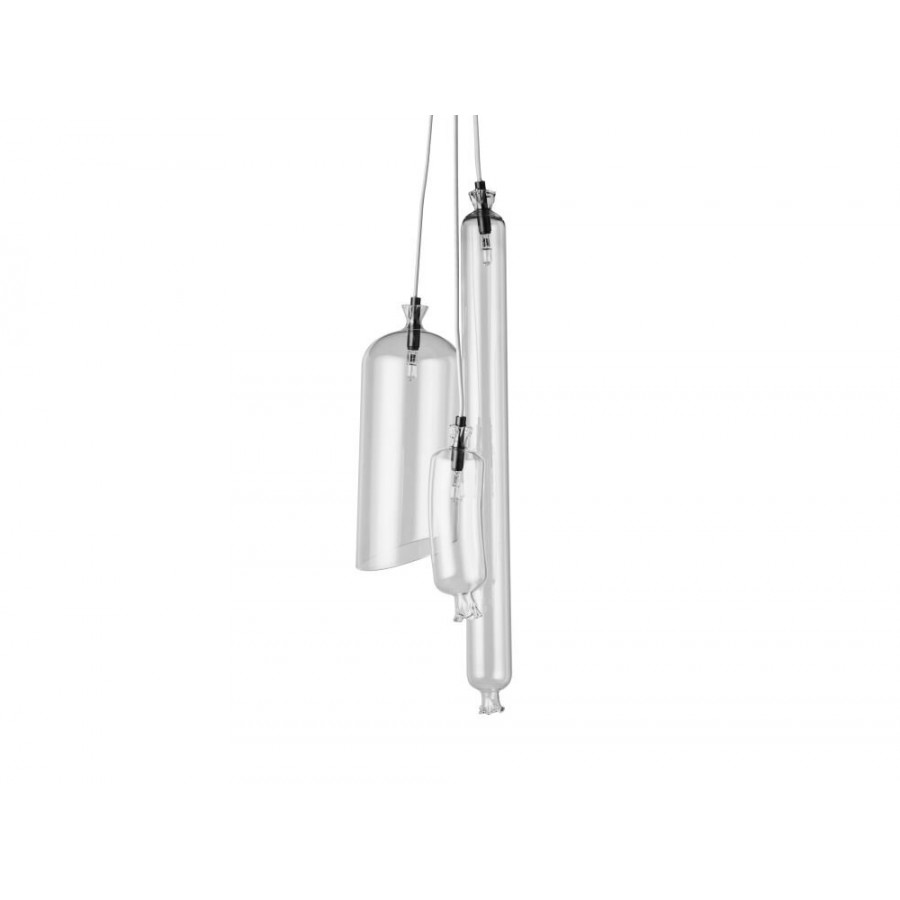



Petite Friture So Sage Set Of 3 Pendant Lamp




Dojo Sage Set Orange Mushroom S Blog
Set SageSet=1 for Disk Cleanup Contribute to CarlWebster/SetSageSet1forDiskCleanup development by creating an account on GitHubCLEANMGRexe Automated cleanup of Temporary files, Internet files, downloaded files, recycle bin Syntax CLEANMGR /d driveletter option CLEANMGR /d driveletter /sagesetn option CLEANMGR /d driveletter /sagerunn option Options /D driveletter The drive that you want Disk Cleanup to clean NOTE The /d option is not utilized with /SAGERUNn After many years with with Windows Server 08 R2, we received over 0 different Windows Updates The c\\ partition grows year after year Among other things, Windows Updates creates uninstall information for every installed update So if you ever needed, you could revert a single update There are systems where this is crucial, but there Continue reading "Windows




Buttercup Sage Set Anna Wiscombe



Bakelite Style Bangle Set Of 3 Lichen And Sage Green Larger Bangles Splendette
We always recommend CCleaner or Bleachbit But did you know you can further cleanup Windows by using cleanmgr /sageset50 and selecting all of the boxes of different logs, previous Windows and More As we discovered during recent upgrades, the cleaning function of windows can help to get rid of various files youAlternativet/sageset anger inställningen rensning Du kan ange en lagring tal från 0 till ("2" i det här kommandoexemplet) Rensainställningen kan du spara mappen ska tas bort lagringvärde som du angav för/sageset Du kan välja en mapp i steg 3 Not sure what SAGESETn or SAGERUNn are or the number I should use besides its between What should I be typing?
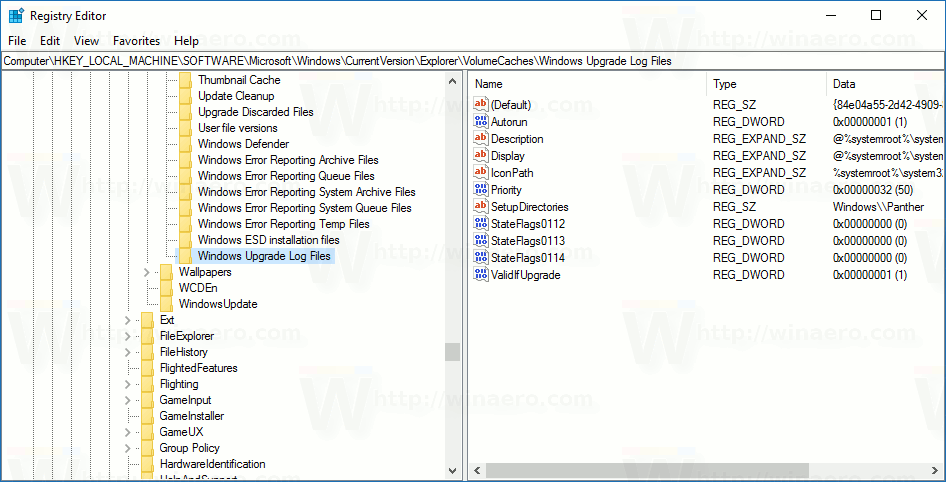



Disk Cleanup Cleanmgr Command Line Arguments In Windows 10




Silver Sage Set 32cm Round Bowl Large Dish Drainer Large Cutlery Tray Ebay
I am developing a powershell script file which shall execute some disk cleanup without user intervention The user shall not be able to configure anything When I run cleanmgrexe /d c sageset1 a After using a system for several months, installing multiple hotfixes, and even upgrading the operating system, your system will have some excess file bloat You can manually run the disk cleanup utility to cleanup the excess files, or you can automate the cleanup process Here's a sample PowerShell script to automate theAn "n" number act like an identifier It's a Disk Cleanup Handler identifier The unique number that will identify which the item should be cleaned up




Honeycomb And Honey With Peppermint Thyme And Sage Set Up On D Stock Photo Alamy




Shop Rhoeco
As well as defining the profile, the sageset parameter also writes a value named StateFlagsnnnn, where nnnn is the label you used in the parameter, to all of the subkeys under VolumeCaches There are two possible data values for those entries 0 Do not run this handler when this profile is run 2 Include this handler when this profile is run Windows 10 Advanced Disk Cleanup This cleanup method will create a cleanup task that you can run whenever you like It differs from the disk cleanup utility found in your menu or search (cleanmgr) in that it has far more options 1 – Press the Windows R keys In the resulting windows type cleanmgr /sageset50 and press Enter (or click OK) Use Command line version of Disk Cleanup (Cleanmgrexe) in Windows 10 with more cleaning options Use Task Scheduler to run it automatically using sageset, sagerun




Premium Photo Raw Pork Fillet With Sage Set On Wooden Cutting Board With Barbeque Knife And Meat Fork On Black Stone Table Top View Flat Lay




Second Life Marketplace P T Cape Cod Foot Stool Sage Set
/sagesetn This switch displays the Disk Cleanup Settings dialog box and creates a registry key to store the settings you select The n value is stored in the registry and allows you to specify different tasks for Disk Cleanup to run The n value can be any integer value from 0 to Run `cleanmgr /SAGESET123` from cmdexe and choose everything you want to clean before running this script This allows cleaning things such as `Windowsold` and other large, unnecessary directories Disable Hibernation (removes hiberfilsys) powercfgh off Remove temp files (will probably log warnings for files that are in use, Cleanmgr /sageset & /sagerun Brings up the new Advanced Disk Cleanup Tool, Minus the Options to Uninstall Programs and Delete Previous Restore points and all that's left is to Click OK, which does nothing but shut down Disk Cleaner When loading the Disk Cleanup the 2nd time, the additional features are no longer there!




Petite Friture So Sage Set Of Five Pendant Light




The Sage Set All Things Fancy
/SAGESET124 would create registry values titled StateFlags0124 OK, so what you can do to automate everything is run the cleanmgr tool with /SAGESET on a single computer Then evaluate which registry values it created, and then write a I managed to figure out (or half figured) how to kick in disk cleanup so its automated I usecleanmgr /d c /sageset100 But 1 This brings up the dialog box to prompt the user to select what to delete which i dont want i want it to be fully automated2 I want some sections to The first thing I did on my Windows 10 Professional Workstation was to simply run cleanmgr to see the amount of things that could be cleaned in each category Then I did a cleanmgr /sageset1 and selected everything Then I did a cleanmgr /sagerun1 which




Lemieux Horsehealth Lemieux Glace Full Size Polo Bandages Sage Set Of 4 For The Horse From Oakfield Country Fashion Equestrian Uk




Press Loft Image Of Recycled Glass Beads Sage Set Of Three For Press Pr
/sageset n This option displays the Disk Cleanup Settings dialog box and also creates a registry key to store the settings that you select The n value, which is stored in the registry, allows you to specify tasks for Disk Cleanup to run The command above will launch disk cleanup for drive C You can combine the /D argument with other switches of cleanmgrexe cleanmgrexe /SAGESET The SAGESET key allows you to create a preset of selected checkboxes in cleanmgrexe Once this is done, you can launch the preset using the /SAGERUN optionA better disk cleanup This tip will show you how to create an unattended disk cleanup which will also empty your prefetch folder This tip assumes you have Windows XP installed in c\windows Step 1 Step 2 Step 3 Execute the file This will run the Disk Cleanup program in a special mode which asks what items you will want cleaned when Disk




Papoose Toys Earth Nested Felt Bowls Sage Uk Stockist Scout Co
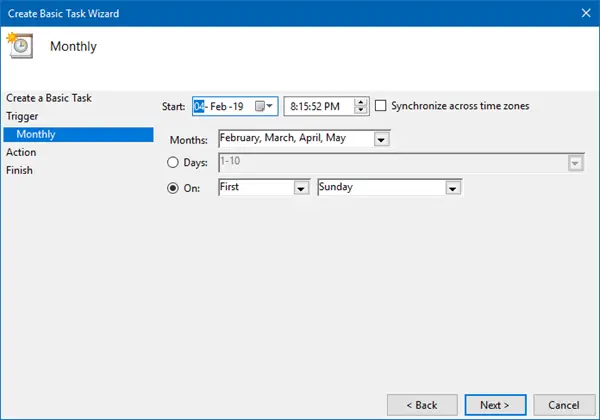



How To Use Command Line Version Of Advanced Disk Cleanup Utility
The /SAGESET command line argument can be used to create a preset, then the /SAGERUN option can be used to launch the preset Let's see how it can be done Create a Preset for Cleanmgr (Disk Cleanup) Open an elevated command prompt Type the following commandSageSets 26 likes SageSetscom is a website that specializes in the most innovative and highest quality "Cornhole" or "Bags" sets offered online SageSets are created by the customer and the cleanmgr /sageset11 In this command, we're using the switch /sagestn to open the Disk Cleanup settings and at the same time create a




Depression Anxiety Healing Crystals And Sage Set Natural Etsy




Buy Petite Friture So Sage Set Of 3 Model 2 Transparent By Sam Baron Dmlights Com
Check out our sageset selection for the very best in unique or custom, handmade pieces from our shops 1) In the Windows start menu search box type "notepad" (without the quotes) right click the entry and choose Run as Administrator then enter your user credentials in the UAC prompt and click yes to open notepad 2) In notepad type the code below then in the upper left of notepad at File select "Save as" name the file anything you want but it
.jpg)



Petite Friture So Sage Set Of Three Pendant Model 3




Mushie Cups Sage Set Of 2 Rocket Toys




Silicone Suction Tabletop Gift Set Sage Set Of 3 By Aegi New York Fy




Venerable Sage S Armor Set Demon S Souls Wiki Guide Ign




Peggy Sage Set Makeup Brush Set 4 Pcs Makeup Uk




So Sage Set Of Pendant Lamps By Petite Friture In Suspended Pendant Lights



Disk Cleanup




Second Life Marketplace P T Cape Cod Hope Chest Sage Set




How To Use Windows 10 Disk Cleaning By Command Line Olhar Digital
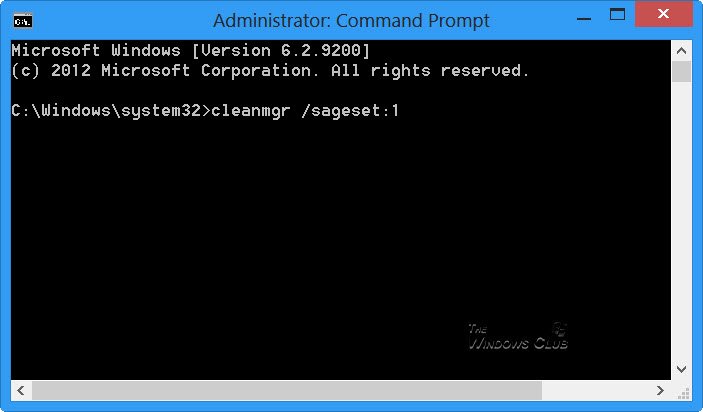



How To Use Command Line Version Of Advanced Disk Cleanup Utility




Sprigs Of Sage Set




Buy Petite Friture So Sage Set Of 5 Transparent By Sam Baron Dmlights Com




How To Enable Hidden Options In Windows Disk Cleanup Tool




Setting Registry Key For Disk Cleanup Sageset Youtube




Cups Sage Set Of 2 Mushie




Mushie Square Plate In Ivory Set Of 2 Siennadesignsco




Geometry Of Sage Set Up For Kick Em Jenny Simulations Colors Indicate Download Scientific Diagram




Summer Sage Set Anna Wiscombe




Carnatio Prism Tear Drop Shaped Resin Shower Curtain Hooks Sage Set Of 12 For Sale Online Ebay




Honeycomb In Wooden Bowl With Herbs Mint Thyme And Sage Set Up On White Wooden Background Stock Photo Picture And Low Budget Royalty Free Image Pic Esy Agefotostock
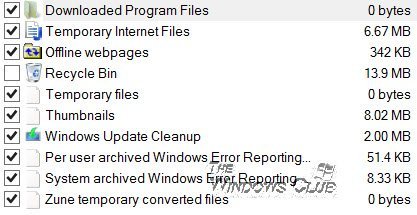



How To Use Command Line Version Of Advanced Disk Cleanup Utility




Rialto Glass Coupe Pale Sage Set Of 2 By Sir Madam Fy




La Marsa Dessert Plates Sage Set Of 4 By Carthage Co Fy




S A G E S E T 0 3 M O N T H S Etsy




Desert Sage Set




Mason Cash Polka Dot Sage 18cm Dog Bowl Mason Cash




How To Schedule Disk Cleanup In Windows 7 Vista
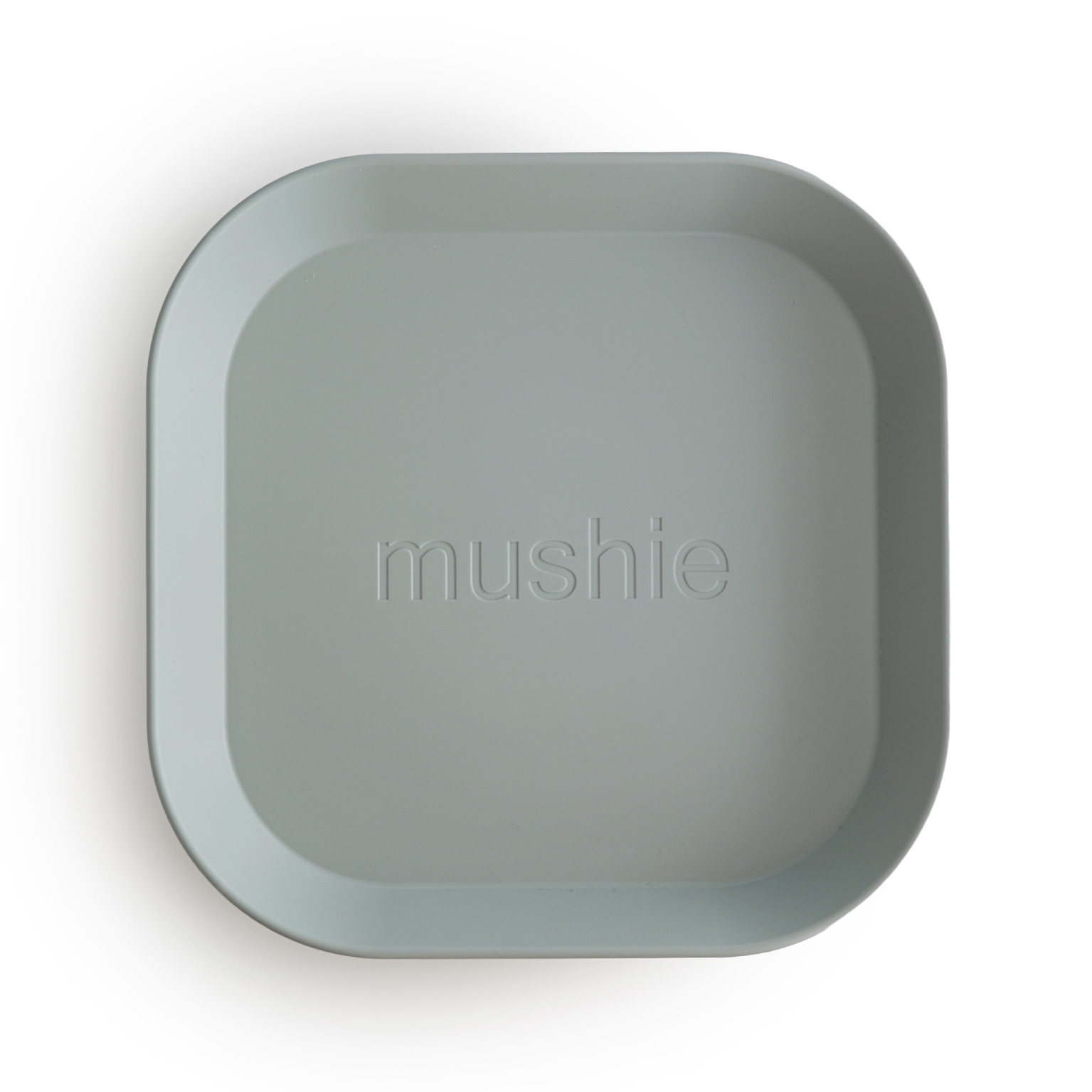



Mushie Plate Sage Set Of 2 Pieces Villa Madelief




Running The Disk Cleanup Tool Cleanmgr Exe Remotely On Multiple Computers Batchpatch The Ultimate Windows Update Tool




Running The Disk Cleanup Tool Cleanmgr Exe Remotely On Multiple Computers Batchpatch The Ultimate Windows Update Tool




Disk Cleanup Cleanmgr Command Line Arguments In Windows 10




Sage Set Baby Smalls




Is The Sage Set Worth It Diablo 3 2 6 1 S14 Youtube




Silver Sage Set Smart Four Slice Motorised Toaster Glass Electric Kettle 1l 349 99 Picclick Uk




Article On Disk Cleanup Sageset N Switch Lacks Specificity As To The Registry Key Path That Is Created By It Supportarticles Docs



Wicker Stools Sage Set Of Two Cabana Magazine




Sage Set Leosims Com Sage Sims 4 Custom Content Sims 4
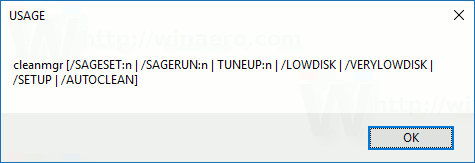



Disk Cleanup Cleanmgr Command Line Arguments In Windows 10



Desert Sage Set




Satya Incense Cone White Sage Set Of 4 Boxes Of 12 Cones Of Incense Amazon Co Uk Home Kitchen



Github Carlwebster Set Sageset 1 For Disk Cleanup Set Sageset 1 For Disk Cleanup




Can T Craft Sage Set Diablo3




Disk Cleanup Cleanmgr Command Line Arguments In Windows 10




Lemieux Loire Satin Polo Full Size Bandages Sage Set Of 4 For The Horse From Oakfield Country Fashion Equestrian Uk




Venerable Sage S Set Cinders




Making Of Green Tea With Ginseng And Sage Set Stock Photo Image Of Drink Green




Idc Institute Secret Stories Tea Rose Sage Set 4 Pieces Beautytheshop The Best Author Perfumes Cosmetics And Makeup Niche




Shop Rhoeco




Branch Of Fresh Sage And Dried Tied Sage Set Up On Old Wooden Table Stock Photo At Vecteezy




Sage Set
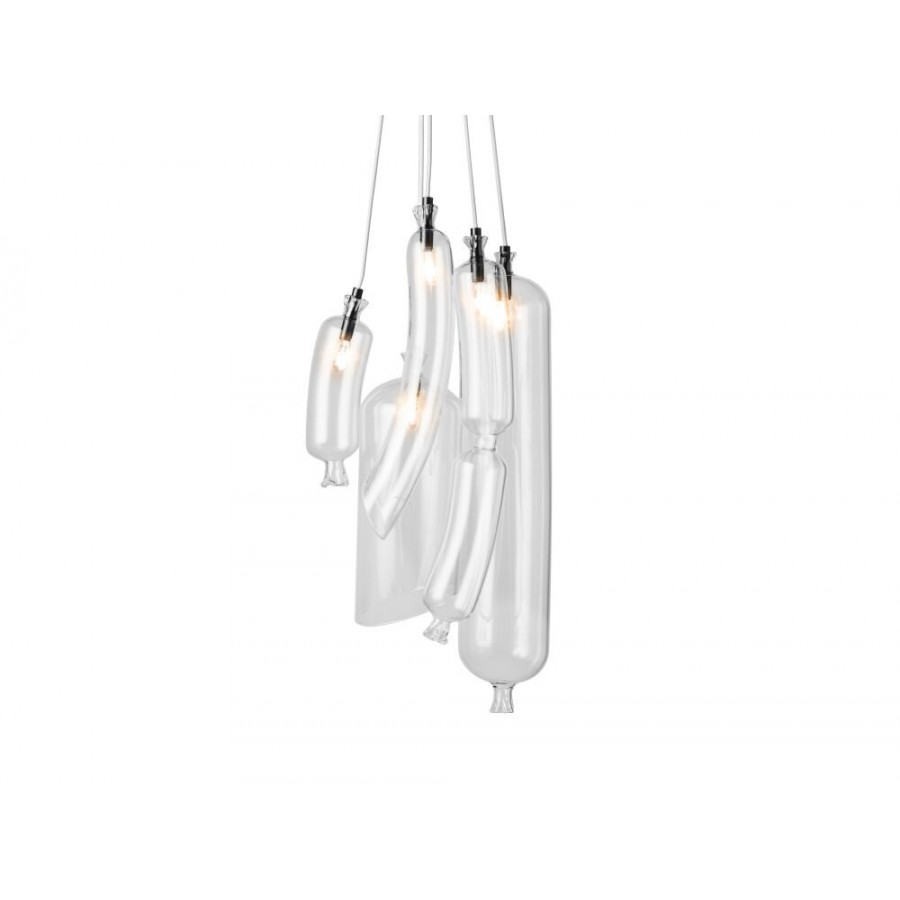



Petite Friture So Sage Set Of 5 Pendant Lamp




Shop Rhoeco




Alpine Sage Set Of Candles Christmas Decorations Fragrance Candles Noel Co
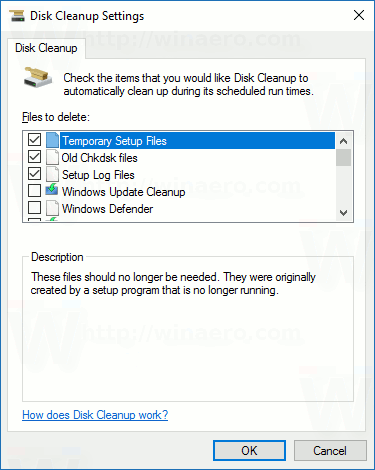



Disk Cleanup Cleanmgr Command Line Arguments In Windows 10




Female Equipment Sage Set Chinese Ver




Sage Set Boy And Girl Tum Ti Tum Photo Props




Setting Registry Key For Disk Cleanup Sageset Youtube




Making Of Green Tea With Ginseng And Sage Set Stock Image Image Of Healthy Natural




La Marsa Place Setting Sage Set Of 6 By Carthage Co Fy




Rosemary Parsley Chile Sage Set Herbs Stock Vector Royalty Free




Demon S Souls Remake Venerable Sage Set Location Youtube




First Fit Pic Couldn T Resist This Grey Sage Set Lululemon




Fill Sage Set Of 4 Stoneware Plates Ceramic Powder 25 X 25 X 2 5 Cm Amazon Co Uk Kitchen Home




Decorative Wooden Flowers Buttercup And Sage Set By Anna Wiscombe Notonthehighstreet Com




Sage Set Royalty Free Vector Image Vectorstock




Venerable Sage S Set Demons Souls Wiki



Cleanmgr Sageset And Sagerun Microsoft Community
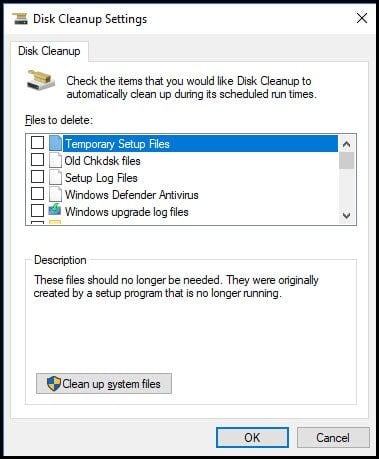



Easy Disk Cleanup With Scheduled Tasks Productivity Portfolio




Advanced Windows Cleanup Using Cleanmgr Sageset 50 And Cleanmgr Sagerun 50 Tcat Shelbyville Itim




Alumina Lamp Sage Set Of 2 Special Bundles Tala




Mepra Fantasia Charger Sage Set Of 12 Amazon Co Uk




Easy Disk Cleanup With Scheduled Tasks Productivity Portfolio




Buy Petite Friture So Sage Set Of 3 Model 1 Transparent By Sam Baron Dmlights Com




Xmsg0079 Fig And Wood Sage Set Of Candles Christmas Candles And Holders Rosefields




Raw Pork Fillet With Sage Set With Old Butcher Cleaver Knife On Old Dark Wooden Table Background Top View Flat Lay With Copyspace And Space For Te Stock Photo Alamy




B Box Ppsu Baby Bottle Handle Sage Set Of 2 Mighty Rabbit




Automatically Free Up Hard Drive Space With The Disk Cleanup Tool On Windows 10 Windows Central




Cups Sage Set Of 2 Mushie
コメント
コメントを投稿